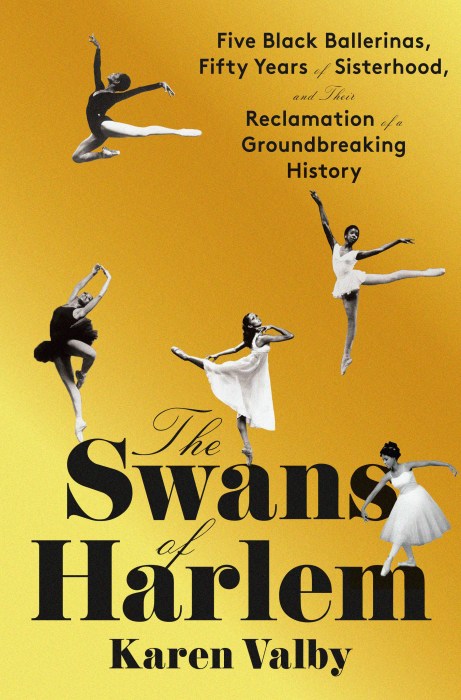Try to establish consistent theme throughout home
Does your home call for a more traditional style of lighting, such as the fixture on the left, or for the contemporary look offered by a fixture such as this knockout Verner Panton Globe pendant lamp? Our Arresting Design columnists offer up some lighting rules, and advice when they can be broken.
Choosing a lighting style for your home can be a conundrum. The design team has agonized over lighting choices, and Tammy and I are sure plenty of you have experienced this as well.
The one thing you don’t want to do is create a mish-mash of design styles in your lighting — that would be a design crime. Some of the questions we have struggled with include:
• How should lights in your home relate to each other?
• Should you take the safe route and choose a lighting style to match the rest of the furniture or décor in the house? Or should you trust your décor judgement enough to take a chance with lighting as a piece of art?
• And can you use different lighting styles in different rooms, or not?
Well, in the eccentric world of lighting, there are several correct approaches. For instance, a general lighting rule is that you would not mix lighting styles from different periods. So if you have a lot of antique pieces and lots of old-fashioned detailed trimwork, you would probably choose traditional lights, and avoid contemporary-looking light fixtures in silver and glass. But if you live in an ultra-modern loft, you would probably choose lighting that looks contemporary.
On the other hand, there are circumstances that would allow you to mix styles. Since lighting makes such a strong décor statement, a unique or unusual light, carefully chosen, will go a long way in introducing drama or interest in a room. Professional designers often introduce a quirky or surprising elements to add interest. Just make sure the colour scheme, metal colour or design details work with the décor style of your home.
And remember certain spaces are much more suited to drama than other rooms. The dining room fixture is a great place to introduce an interesting and beautiful light as a focal point. An entry foyer is also a perfect spot in which to make a lighting statement.
As for using different styles of lighting in different parts of the house, it can be done, and it can look absolutely smashing. But please observe this rule — if you want to use a light that is entirely different in style, the space must be separated from the rest of the house by walls and preferably, a door. So a bathroom can be the perfect place to introduce a Victorian-looking crystal chandelier or crystal light fixture, even if the rest of your house is contemporary in style. A child’s bedroom can feature a whimsical propeller blade fan, for instance, that may not match what is used in other parts of the house. It’s all about creating a mood in that room, rather than matching anything outside that space.
However, lights that are in sight of each other should relate to each other. For example, a dining room chandelier and kitchen island pendant in an open concept room do not necessarily have to be the same, but they do need to share some characteristics. This means that if you choose opaque glass for your chandelier, your kitchen pendants should also be of a milky style of glass, rather than clear glass or something altogether different. Again, the colour of the light fixture, the colour of metal and any design details need to be considered in combined spaces.
Tammy Schnurr and Jeffrey Fisher are hosts of Arresting Design on W Network. Tammy is an interior decorator. Jeffrey designs home furnishings and bedding through his company Jeffrey Fisher Home.
















